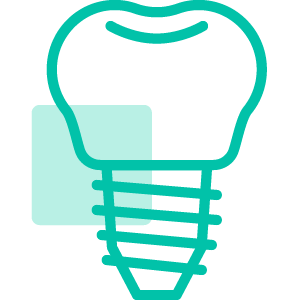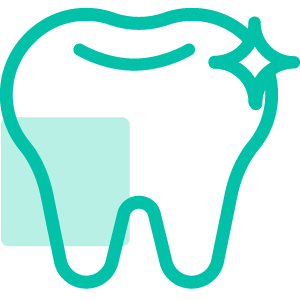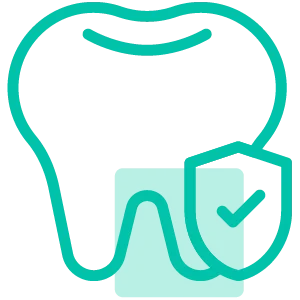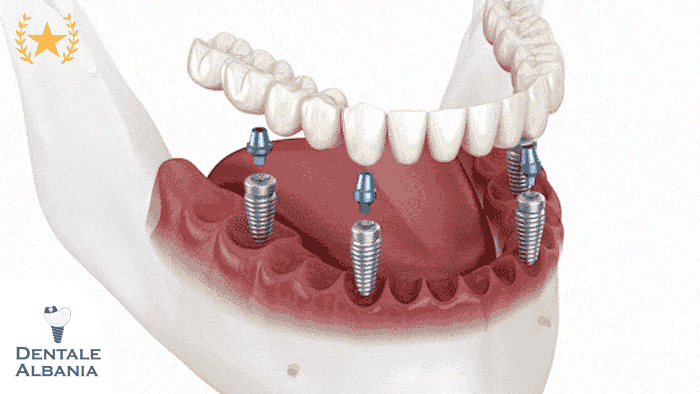Përmbajtja
TogglePërdorimet e Botox-it në Stomatologji
Botox është përdorur kryesisht si një trajtim kozmetik për të reduktuar rrudhat dhe linjat në fytyrë. Sidoqoftë, toksina botulinum, nga e cila rrjedh Botox-i, ka një histori të gjatë përdorimesh terapeutike në mjekësi.
Për shkak të natyrës së tij minimale invazive, përdorimi i Botox-it në stomatologji po zgjerohet për të trajtuar gjendje dentare si:
– Linjat e larta të buzëve
– Çrregullimet e Nyjeve Temporomandibulare (TMJ)
– Bruksizmi (grirja e dhëmbëve)
– Protezat që nuk përshtaten për shkak të zhvendosjes së muskujve të nofullës
– Dhe shumë më tepër
Vazhdoni të lexoni për të zbuluar se si Botox-i mund të përdoret në praktikat dentare dhe cilat janë kërkesat për aplikimin e tij.
Përdorimet e zakonshme të Botox-it në trajtimet dentare

Me trajnimin e duhur, dentistët mund të përdorin Botox për të ndihmuar pacientët në rastet e mëposhtme:
1. Pacientët pa dhëmbë: Në rastet kur muskujt e buzëve janë ripozicionuar për shkak të zvogëlimit të dimensionit vertikal, Botox-i mund të relaksojë dhe ritrajnojë muskujt rreth një proteze të re, duke e bërë kalimin shumë më të suksesshëm.
2. Linjat e larta të buzëve: Botox-i mund të relaksojë muskujt e buzëve për të arritur një linjë buzëqeshjeje më të ulët dhe më estetike. Ky është një opsion popullor për shkak të natyrës së tij jo-invazive dhe rezultateve të menjëhershme.
3. Çrregullimet e Nyjeve Temporomandibulare (TMJ): Pacientët që vuajnë nga TMJ mund të përfitojnë nga injeksionet e Botox-it, të cilat relaksojnë muskujt hiperaktivë dhe ofrojnë lehtësim të shpejtë nga dhimbja.
4. Bruksizmi: Botox-i mund të reduktojë forcën e kontraktimeve muskulare që shkaktojnë grirjen e dhëmbëve, duke qenë një terapi shtesë e dobishme përveç pajisjeve mbrojtëse të natës.
Përveç përfitimeve mjekësore, Botox-i ofron edhe avantazhe kozmetike, duke e bërë atë një opsion tërheqës për pacientët dentarë.
Disa keqkuptime rreth Botox-it
Pavarësisht popullaritetit të Botox-it, ka ende shumë keqkuptime rreth këtij trajtimi. Këtu janë disa mite të zakonshme:
1. “Botox-i bën fytyrën të ngrirë”: Jo e vërtetë. Botox-i relakson muskujt në zonën e injektuar, por nuk ndikon në aftësinë për të shprehur emocione. Me një aplikim të saktë, ju mund të ruani të gjitha shprehjet tuaja natyrore.
2. “Botox-i është vetëm për rrudhat”: Botox-i ka shumë përdorime mjekësore, përfshirë trajtimin e TMJ, bruksizmit, migrenës dhe hiperhidrozës (djersitja e tepërt).
3. “Injeksionet e Botox-it janë të dhimbshme”: Shumica e pacientëve përshkruajnë ndjenjën si një shpim të lehtë. Përdorimi i anestezikëve topikë si Comfortox BLT dhe shiringa të holla (31g) e bëjnë procedurën të pakëndshme.
4. “Rrudhat do të përkeqësohen nëse ndaloni Botox-in”: Rrudhat kthehen në gjendjen e tyre origjinale, jo më keq. Botox-i nuk përkeqëson rrudhat.
5. “Botox-i është toksik”: Botox-i është i miratuar nga FDA dhe ka një histori të gjatë sigurie. Doza të përdorura në trajtime kozmetike janë shumë më të ulëta se nivelet e rrezikshme.
Pyetjet më të shpeshta rreth Botox-it
1. A mund të aplikojë Botox çdo dentist?
Jo, vetëm dentistët që kanë marrë trajnim dhe edukim të specializuar mund të aplikojnë Botox. Meqenëse dentistët janë tashmë të trajnuar për procedura më komplekse, aplikimi i Botox-it është një shtesë e natyrshme për praktikat dentare.
2. A është Botox-i i sigurt?
Po, Botox-i është i sigurt kur aplikohet nga një profesionist i kualifikuar. Ai ka një histori të gjatë përdorimi dhe është i miratuar nga FDA.
3. Sa zgjat efekti i Botox-it?
Efekti i Botox-it zgjat zakonisht 3 deri në 6 muaj, pas së cilës mund të përsëritet trajtimi nëse është e nevojshme.
4. A ka efekte anësore Botox-i?
Efektet anësore janë të rralla dhe të lehta, si ndjenja e mpirjes ose butësia në zonën e trajtuar. Këto efekte zakonisht zhduken brenda disa ditësh.
Pse të zgjidhni Botox në klinikën tonë?

– Specialistë të kualifikuar: Mjekët tanë janë të trajnuar për aplikimin e Botox-it në mënyrë të sigurt dhe efektive.
– Rezultate të menjëhershme: Shihni rezultate brenda pak ditësh pas trajtimit.
– Trajtim jo-invaziv: Botox-i është një zgjidhje minimale invazive për shumë probleme dentare dhe kozmetike.
– Kujdes ndaj pacientit: Sigurohemi që çdo pacient të informohet plotësisht dhe të ndihet i rehatshëm gjatë gjithë procesit.
Mos humbni kohë! Bëni një konsultë sot!
Nëse jeni të interesuar për trajtimin me Botox ose keni pyetje shtesë, na kontaktoni për të rezervuar një konsultë me mjekët tanë specialistë.









